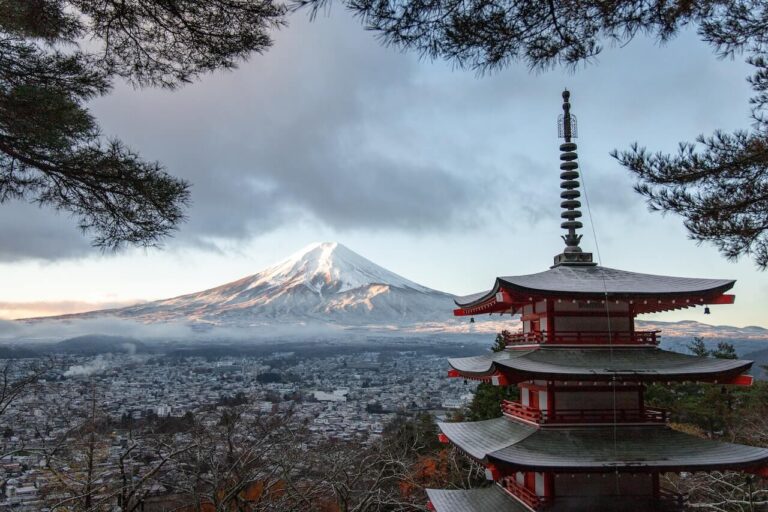
7 things you need to do when you come visit Japan
If you are considering or already decided upon visiting Japan, here is a list of what you should not miss out on when you come and visit.
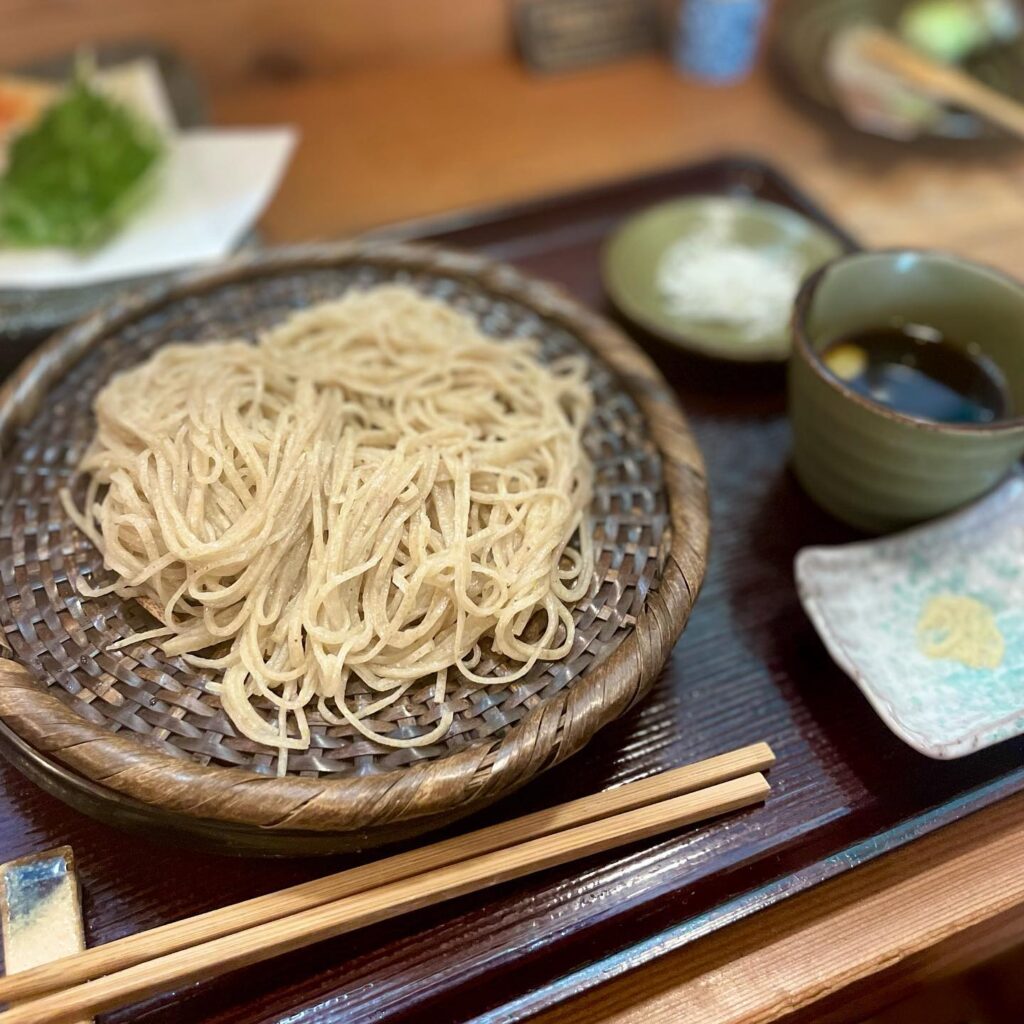
Soba (そば) is one of the most internationally recognized Japanese dishes. Soba refers to the noodle that is made out of buckwheat. When we refer to Soba, the most orthodox way of how it is served is in a bowl of either hot or cold soup. However, there are many types of Soba noodles and also numerous ways in how they are served.
Zaru Soba (ざるそば) differs from conventional Soba as the Soba noodles are served chilled on a tray, which will also come with a dipping soup called ‘Tsuyu’. After mixing your preferred amount of scallion and Wasabi into the Tsuyu, you then dip your preferred amount of Soba noodles for each bite, making sure that the texture of the noodle does not change.
Soba refers to a thin Japanese noodle made from buckwheat. The noodles can be served hot in a noodle soup or cold with a dipping sauce called ‘Tsuyu’. Cold soba is preferred mode of consumption in the summer as it is easy to eat on a hot summer day and helps cool down the body, where as the hot soba is preferred on a cold day. While the conventional Soba is served in a bowl of soup, Zaru Soba refers to cold Soba noodles that are served on a tray (‘Zaru)’, which comes with Nori (Dried Seaweed) on top and Tsuyu, Scallion and Wasabi on the side. While the texture of the soba that comes in a bowl of soup gets softer as the soup seeps through the noodle, this mode of eating allows the person eating it to enjoy a consistent texture as the soba is only dipped just before consumption.
While the soba are good by itself, there are many things to make it even better by adding several toppings to spice things up.
・ Tempura
(Many tend to get Tempura in addition to these noodles as the tempura and the Tsuyu go very well together.)
・ Grated Yam
(It will make the soup thicker, which will enhance the flavor of each bite as the yam will soak up the Tsuyu which will become entangled to the soba)
・ Grated Japanese White Radish
・ Seaweed
・ Nameko Mushroom
・ Tenkasu (Adds a great crunchy texture to the dish)
Also, one should note that the conventional Tsuyu is soy sauce based soup, you can also make different kinds of soup. Our personal favorite is the Walnut based Tsuyu, which goes so well with Soba. Once you get tired of the ordinary Tsuyu, we highly recommend you to give this a try.
(Serving for 4 people)
・ Soba noodles…17 ounces (480 grams)
・ Men-tsuyu (concentrated)… 1 cup
・ Water… 1 cup
・ Scallions… Appropriate Amount
・ Wasabi… Appropriate Amount
・ Nori… Appropriate Amount
・ Ice… Appropriate Amount
(Serving for 4 people)
・ Soba noodles…
17 ounces (480 grams)
・ Men-tsuyu (concentrated)
… 1 cup
・ Water… 1 cup
・ Scallions … Appropriate
Amount
・ Wasabi… Appropriate
Amount
・ Nori… Appropriate Amount
・ Ice… Appropriate Amount
1. Chop the scallions thinly.
2. If your Nori is in big slices, thinly chop it so that each slice
becomes a very thin but long strip. However, we personally feel
that having Nori on the Zaru Soba does not make much of a
difference in terms of taste, (it is rather meant for presentation
and artistic purposes) so you can opt to leave it out if you do
not have it.
3. Check out the packaging of the soba noodles and boil the
noodles according to the instructions.
4. Once it is boiled, take it out of the pot and cool it with running
water. We recommend that you put some ice into the colander
while you run it with cold water as you want the noodles to be
nice and cold but prevent the noodles from turning soft. Once
the noodles are cooled down and well strained, the noodles
themselves are ready.
5. Mix the Men-tsuyu and water and pour it into small bowls. The
dipping soup is not communal and each individual should have
their own dipping soup.
6. The Zaru Soba is ready to be consumed! We recommend that
you try the soba with just the dipping sauce. Once you get tired
of the flavor, gradually change it by adding the scallions,
Wasabi and the Nori.
Tip: Zaru Soba is often served with Tempura as the flavor of the Tempura is not too empowering so you get to savor two distinct yet sophisticated flavors. We highly recommend you to try the two combos.
1. Chop the scallions thinly.
2. If your Nori is in big slices, thinly chop it so that each
slice becomes a very thin but long strip. However,
we personally feel that having Nori on the Zaru Soba
does not make much of a difference in terms of
taste, (it is rather meant for presentation and artistic
purposes) so you can opt to leave it out if you do not
have it.
3. Check out the packaging of the soba noodles and
boil the noodles according to the instructions.
4. Once it is boiled, take it out of the pot and cool it
with running water. We recommend that you put
some ice into the colander while you run it with cold
water as you want the noodles to be nice and cold
but prevent the noodles from turning soft. Once the
noodles are cooled down and well strained, the
noodles themselves are ready.
5. Mix the Men-tsuyu and water and pour it into small
bowls. The dipping soup is not communal and each
individual should have their own dipping soup.
6. The Zaru Soba is ready to be consumed! We
recommend that you try the soba with just the
dipping soup. Once you get tired of the flavor,
gradually change it by adding the scallions,
Wasabi and the Nori.
Tip: Zaru Soba is often served with Tempura as the flavor of the Tempura is not too empowering so you get to savor two distinct yet sophisticated flavors. We highly recommend you to try the two combos.
1. Chop the scallions thinly.
2. If your Nori is in big slices,
thinly chop it so that each
slice becomes a very thin
but long strip. However, we
personally feel that having
Nori on the Zaru Soba does
not make much of a
difference in terms of taste,
(it is rather meant for
presentation and artistic
purposes) so you can opt
to leave it out if you do not
have it.
3. Check out the packaging of
the soba noodles and boil
the noodles according to
the instructions.
4. Once it is boiled, take it out
of the pot and cool it with
running water. We
recommend that you put
some ice into the colander
while you run it with cold
water as you want the
noodles to be nice and cold
but prevent the noodles
from turning soft. Once the
noodles are cooled down
and well strained, the
noodles themselves are
ready.
5. Mix the Men-tsuyu and
water and pour it into small
bowls. The dipping soup is
not communal and each
individual should have their
own dipping soup.
6. The Zaru Soba is ready to
be consumed! We
recommend that you try
the soba with just the
dipping sauce. Once you
get tired of the flavor,
gradually change it by
adding the scallions,
Wasabi and the Nori.
Tip: Zaru Soba is often served with Tempura as the flavor of the Tempura is not too empowering so you get to savor two distinct yet sophisticated flavors. We highly recommend you to try the two combos.
If this is the kind of dish you like, we have compiled some a list of dishes that you might also like for your next cooking session below.
Yakitori (焼き鳥), meaning “grilled bird” in Japanese, is a dish composed of different kinds of meat and vegetables (not just chicken) that are skewered and cooked on a grill.
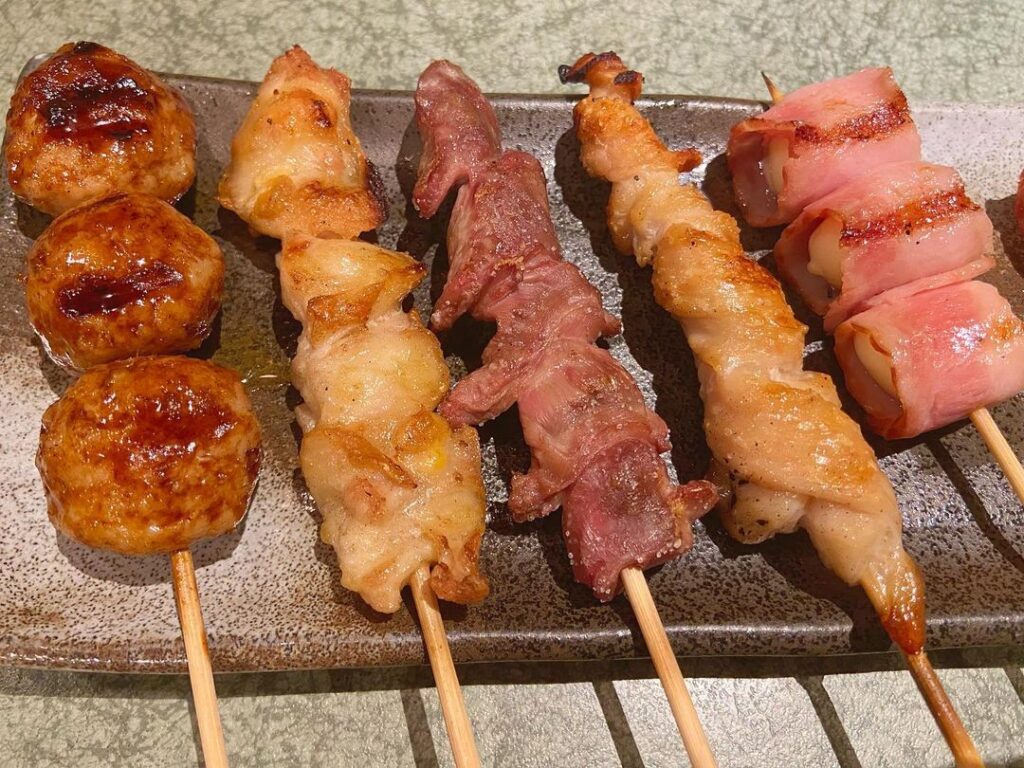

Okonomiyaki (お好み焼き) is a savory Japanese pancake which can be customized to your taste. While the standard pancake is made out of flour, eggs, cabbage which is topped off with the bull dog sauce
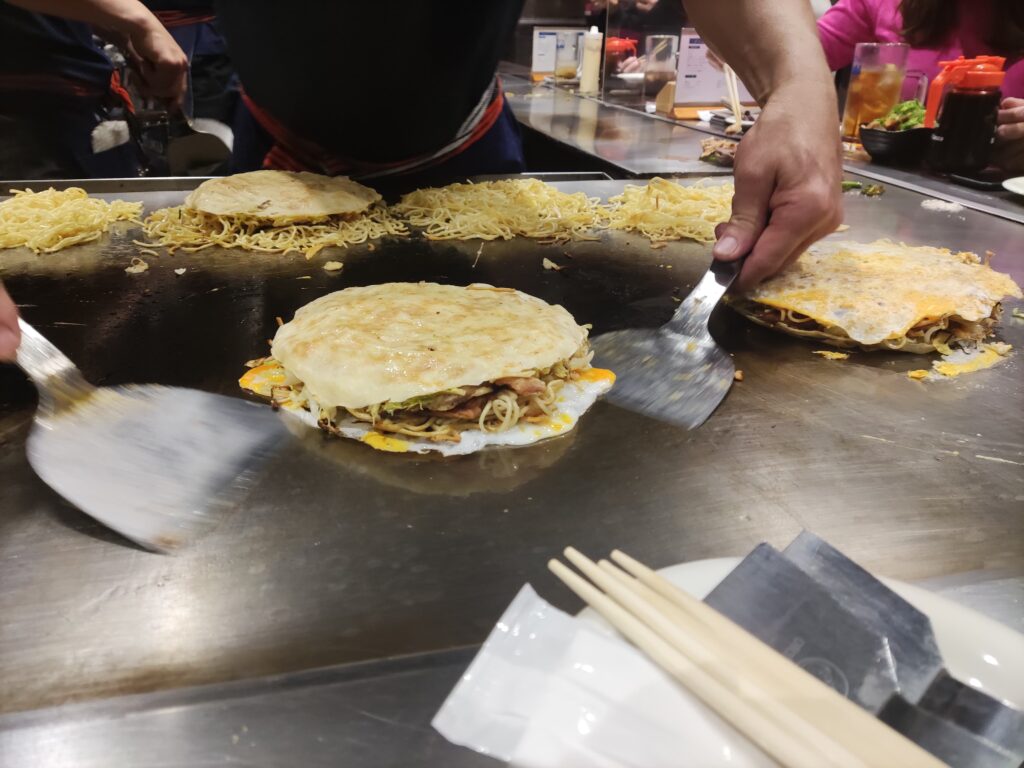

Oyakodon (親子丼), means “parent-and-child donburi” in Japanese. This is because the meat (=parent) and the egg (=child) are cooked together, which is then poured on to a bowl of rice.
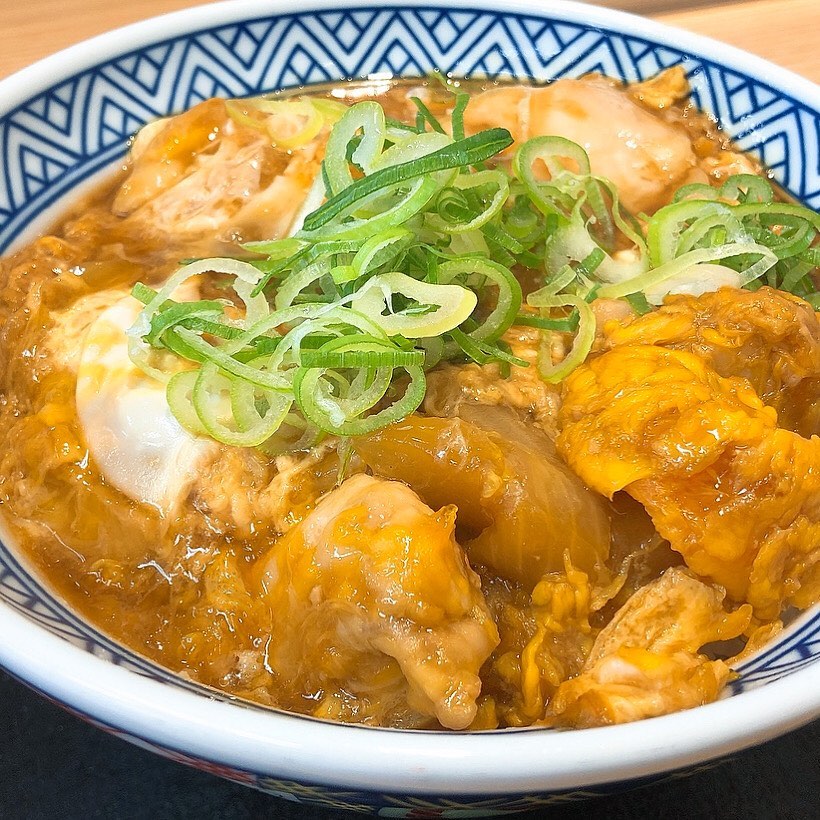


Zaru Soba (ざるそば) differs from conventional Soba as the Soba noodles are served chilled on a tray, which will also come with a dipping soup called ‘Tsuyu’. After mixing your preferred amount of scallion and Wasabi into the Tsuyu, you then dip your preferred amount of Soba noodles for each bite, making sure that the texture of the noodle does not change.
1. Chop the scallions thinly.
2. If your Nori is in big slices, thinly chop it so that each slice
becomes a very thin but long strip. However, we personally feel
that having Nori on the Zaru Soba does not make much of a
difference in terms of taste, (it is rather meant for presentation
and artistic purposes) so you can opt to leave it out if you do
not have it.
3. Check out the packaging of the soba noodles and boil the
noodles according to the instructions.
4. Once it is boiled, take it out of the pot and cool it with running
water. We recommend that you put some ice into the colander
while you run it with cold water as you want the noodles to be
nice and cold but prevent the noodles from turning soft. Once
the noodles are cooled down and well strained, the noodles
themselves are ready.
5. Mix the Men-tsuyu and water and pour it into small bowls. The
dipping soup is not communal and each individual should have
their own dipping soup.
6. The Zaru Soba is ready to be consumed! We recommend that
you try the soba with just the dipping sauce. Once you get tired
of the flavor, gradually change it by adding the scallions,
Wasabi and the Nori.
Share this recipe with your family and friends!

If you are considering or already decided upon visiting Japan, here is a list of what you should not miss out on when you come and visit.
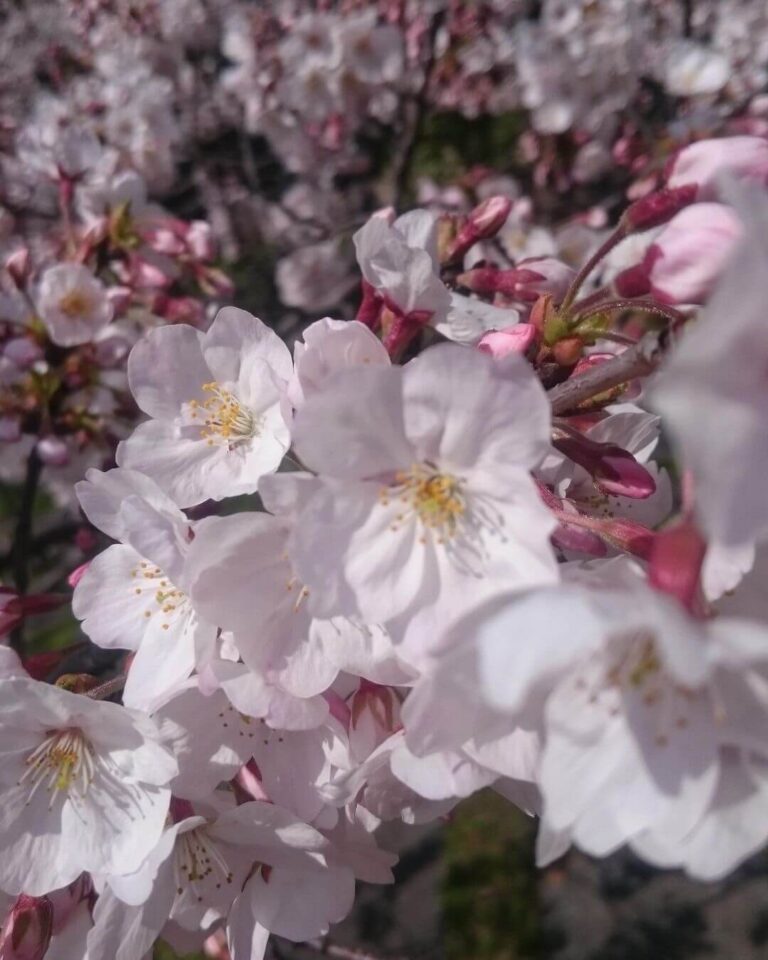
If you go to Japan in the summer, there will be many Masturi, which is a Japanese festival taking place. While traditional dancing and festivities taking place is one reason why you should go to one, another is enjoying these festivities with some nice Japanese food which are sold in the adhoc food stand which is referred to as ‘Yatai (屋台)’ in Japanese.
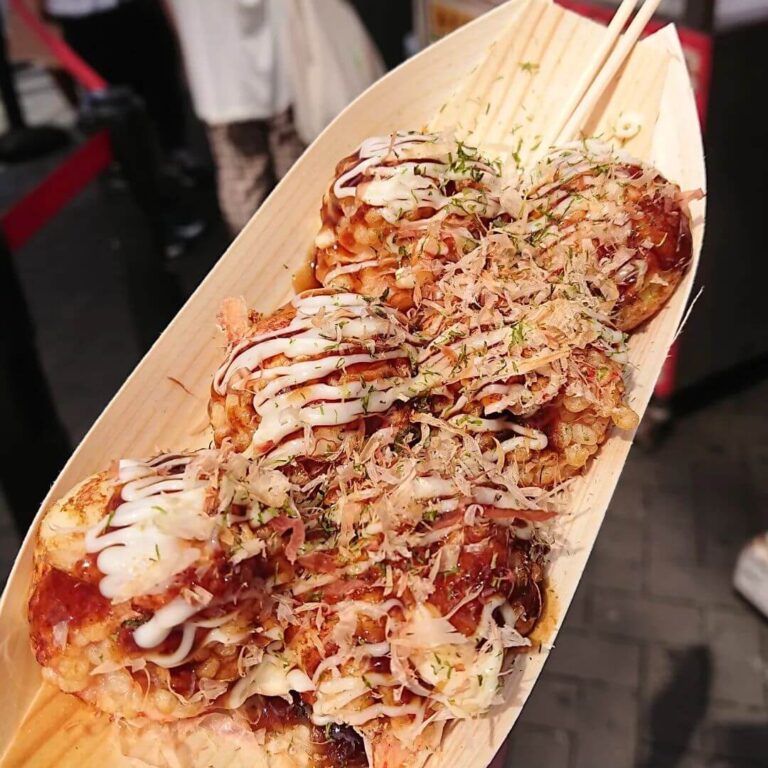
If you go to Japan in the summer, there will be many Masturi, which is a Japanese festival taking place. While traditional dancing and festivities taking place is one reason why you should go to one, another is enjoying these festivities with some nice Japanese food which are sold in the adhoc food stand which is referred to as ‘Yatai (屋台)’ in Japanese.
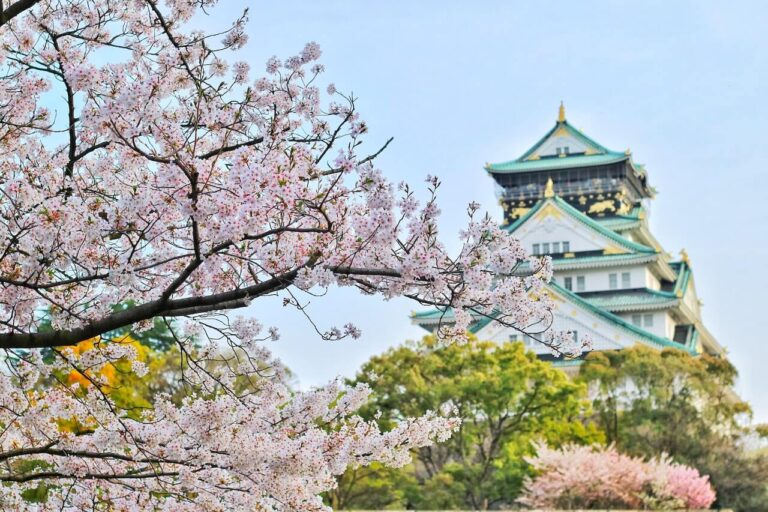
While we guarantee that you wont regret visiting Japan, there are certain time periods where it is more favorable to go than others. Although eating out and shopping is cheap, getting there is fairly expensive so you want to make sure that you get the most out of your trip.

We have selected 8 Japanese Restaurant Chain that serves authentic Japanese food if you are thinking of going to a Japanese place in LA.

In comparison to their normal prices back in Japan, they might feel a bit pricey but if you want some proper Japanese food for relatively low prices, these are some of the restaurants that you should definitely consider visiting.
By subscribing to our e-mail list, we’ll send you traditional and modern Japanese dish that is guaranteed to blow your mind!
